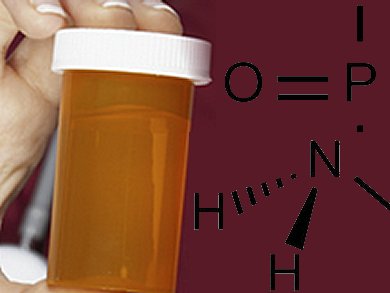World’s natural phosphorus reserves could be exhausted by around 2070. The EU project, ValuefromUrine, is aiming to develop a centralized treatment method to recover ammonia and phosphate from urine in a system that is envisaged to be used in domestic dwellings. Seven partners from five EU countries cooperate since September 2012 to develop an integrated process for the recovery of nutrients the while generating electricity. The project is due to completion in late 2016 and is funded by EUs 7th Framework Programme for Research and coordinated by Wetsus, the Netherlands Centre of Excellence for Sustainable Water Technology. The final objective of the project is to deliver a prototype able to process 100 L of urine per day at a recovery of 95 % of the nitrogen and phosphorous.
Researchers at Wetsus developed a microbial fuel cell (MFC) producing ammonia at the cathode when urine was used as the electrolyte. 9.6 g nitorgen/m2/day at a current density of 2.6 Å/m2 have been achieved, so far. The cathode is combined with an ion exchange membrane. This sepatates anode and cathode, but also serves as an ion conductor. The cathode is enclosed in a chamber where the produced ammonia is removed with air and subsequentely stripped in an acid bath.
In theory the urine available within the population of the EU countries could provide 25 % of the nitrogen and 18 % of the phosphate needs for soil fertilization within the countries of the EU.
- Extracting Value from Urine: EU Project explores Nutrient Recovery,
Bill McCann,
Water21 2013, April, 26–27. - ValuefromUrine website




